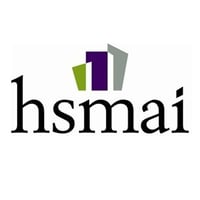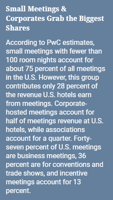class=" image-block-outer-wrapper layout-caption-below design-layout-inline...
In the News
Hotel Direct Booking Efforts Create Lasting Loyalty: New Report
image-block-outer-wrapper
layout-caption-below
design-layout-inline
combination-animation-none
individual-animation-none
individual-text-animation-none
"
data-test="image-block-inline-outer-wrapper"
>
sqs-block-image-figure
intrinsic
"
style="max-width:1024px;"
>
class="image-block-wrapper"
data-animation-role="image"
>
>

In 2017, a report from Kalibri Labs suggested that the massive direct booking pushes launched a year earlier by the major hotel companies — Hilton, Marriott, InterContinental Hotels Group, and Hyatt among them —actually worked.
And today, more than two years later, a new report from Kalibri suggests that not only did the campaigns work, but those campaigns — many of which included discounted room rates — generated loyal customers and guests.
“Some people were sure [consumers] just signed up [for the hotel loyalty programs] to get discounts and that those members may have dropped off,” Kalibri Labs CEO and co-founder Cindy Estis-Green said. “We didn’t track data by numbers of personally identifying information because of security, but the loyalty numbers keep going up. Fifty percent and growing is now the average when it comes to contribution to occupancy from brand.com channels.” Kalibri evaluates and predicts hotel revenue performance.
Examining hotel stays that took place from January 2016 to August 2018, Kalibri’s research looked at a total of 19,000 hotels that had loyalty programs, ranging from economy to luxury properties throughout the U.S., and representing a total of 80 million different transactions.
“What the second study has borne out is that the new loyalty members have stayed loyal,” said Chad Crandell, managing director and CEO of CHMWarnick, a hotel-asset-management and owner-advisory-services company that represents more than 70 hotels. “The return on investment that was somewhat speculative [with regard to the book direct campaigns] has borne out to be very accurate. The direct booking programs were effective in growing the membership base and those members continue to be loyal to the programs they’ve enrolled in.”
The new report also noted that loyalty members comprise the largest customer base for branded hotels in the U.S., growing 30 to 40 percent year over year from 2015 to 2016 when the direct booking campaigns debuted. And even today, nearly half of the business in the U.S. branded hotels comes from loyalty members.
Further, Kalibri’s data also indicates that the net average daily rate for brand.com loyalty bookings is higher than the net average daily rate for bookings made via a third party, such as an online travel agency like Expedia or Booking.com. The average daily rate for loyalty member bookings, after acquisition costs are removed, reflects a premium in comparison to bookings made via an online travel agency. Net average daily rate for loyalty bookings grew to 9 percent in 2018, up from 8.6 percent in 2016.
“Ownership is looking for the cost of guest acquisition,” Crandell noted. “This helps the industry better understand that we should be looking at net average daily rate, or the next of cost to acquire that guest.”
Kalibri’s research also demonstrates the lifetime value of loyalty customers. A repeat guest who stays with a hotel three times after her initial visit, averages approximately $65 per loyalty member to a hotel, compared to having four different guests who have booked their stays via an online travel agency.
“The loyalty members are giving hotel owners a higher room and they spend more money in the hotel,” Crandell noted.




